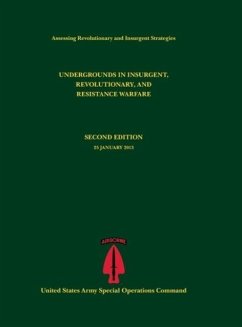Disrupting an insurgent's access to sanctuary and safe-haven is a critical aspect of operational planning for counterinsurgent forces. By denying an inurgent's access to safe havens early in the conflict, the counterinsurgent will gain a marked advantage over the initially weaker force. Only through a deep understanding of how the insurgent is using international, tribal, or cultural borders to evade the counterinsurgent force can the counterinsurgent disrupt the insurgent operations. In order to accomplish this, the counterinsurgent must understand the physical terrain and cultural demographics, nest border operations into the overarching strategy, and employ security forces to reinforce success. Through the examination of the British experience in the North-West Frontier, 1849-1947 and the counterinsurgent efforts in the Sultanate of Oman's Dhofar Rebellion, 1962-1975, one can develop techniques for applying border control operations to disrupt insurgent safe-havens. Border control efforts are not the decisive effort within a counterinsurgency, but they are critical to defeating the insurgent's ability to maintain their ability to conduct operations.








